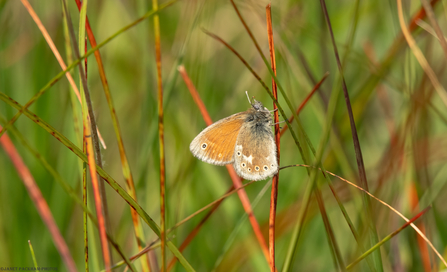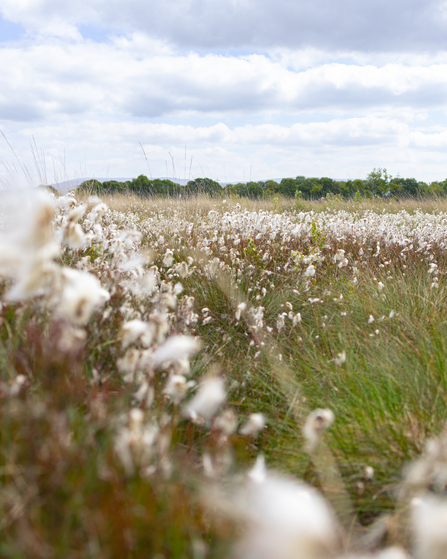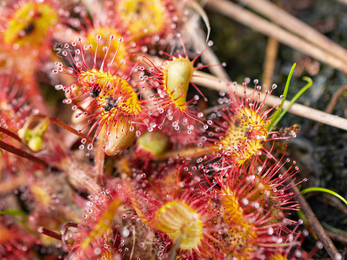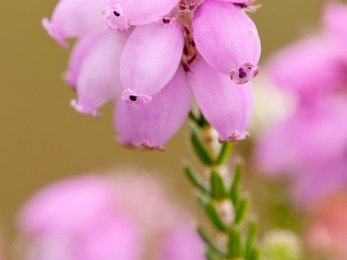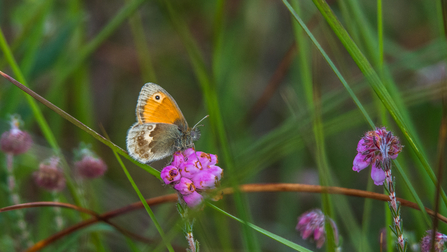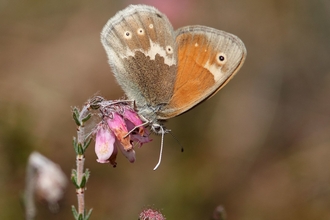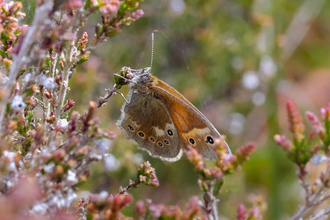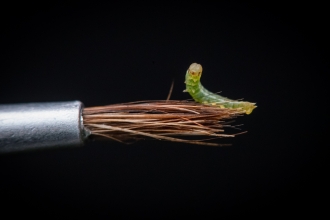It is always a nervous moment when we step onto site at the start of the large heath survey season. Winmarleigh Moss may be a stronghold for the butterfly, but June and July of 2024 were a washout, resulting in few surveys being completed and even fewer sightings recorded. Just how much of an impact did the persistent inclement weather of last summer have on the population?
I suppose we are about to find out.


